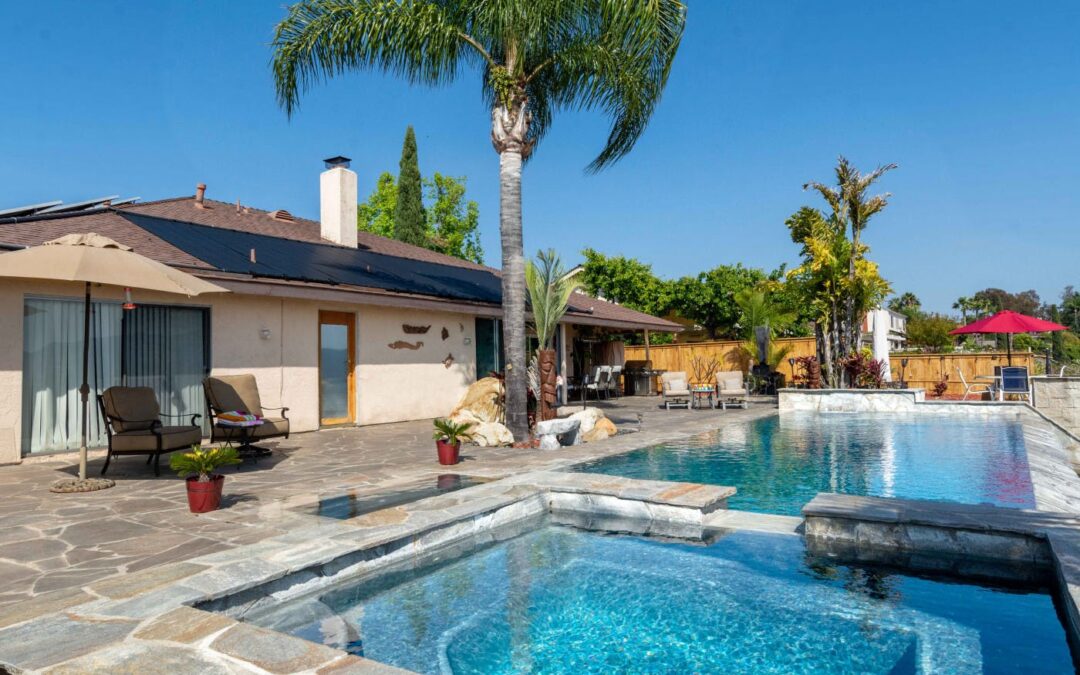**What is pool shock**? That’s a question many pool owners find themselves asking when faced with the daunting task of maintaining their swimming pools. In essence, pool shock is a chemical process used to kill harmful bacteria and clear up murky water, playing a crucial role in pool care. Understanding this term is key to maintaining a healthy swimming environment.

Understanding the Basics of Pool Shock
At its core, pool shock involves using a powdered or liquid chemicalusually an oxidizerto raise the level of free chlorine in your pool, ensuring that contaminants are destroyed and water clarity is restored. Regular shocking keeps your pool healthy, inviting, and safe for swimming.
According to experts from value-adding pools, a well-maintained pool can also increase your home’s value.
The Importance of Shocking Your Pool
Why is shocking your pool so important? Over time, contaminants like sweat, urine, hair products, and dirt accumulate, making it harder for regular sanitizers to maintain water quality. Shocking restores the balance by eliminating these unwanted guests and boosting the effectiveness of your regular sanitation.
When to Shock Your Pool
Timing is everything when it comes to shocking your pool. Regular shocking should be part of your pool care routine, especially after heavy usage, a rainstorm, or noticeable changes in water clarity. Routine testing will help you determine when it’s necessary.
Types of Pool Shock
There are various types of pool shock products available, each with its unique benefits. The most common include:
- Calcium Hypochlorite: Popular for its effectiveness, but it’s best used in the evening to avoid rapid sunlight degradation.
- Sodium Di-Chlor: Known to be gentle, it works well for regular use and often contains stabilizers.
- Non-Chlorine Shock: An alternative for those looking to avoid increasing chlorine levels but still wanting to oxidize contaminants.
The Right Way to Shock a Pool
Shocking your pool isn’t as simple as just adding chemicals. Follow these steps for optimal results:
Step 1: Test Your Water
Before adding any shock, use a testing kit to measure the chlorine levels and pH of your pool water. This will help you gauge how much shock you’ll need.
Step 2: Choose the Right Product
Depending on your needs, select a shock product that suits your situation. For more substantial algae problems, a calcium hypochlorite shock might be necessary.
Step 3: Pre-Dissolve Shock (If Needed)
For some types of shock, like granular calcium hypochlorite, pre-dissolving in a bucket of warm water helps prevent liner stains and ensures even distribution.
Step 4: Add Shock
Pour the shock evenly around the pool edges for best results, and avoid adding shock through the skimmer to prevent damage to pool equipment.
Maintaining Your Pool After Shocking
Once your pool has been shocked, maintain cleanliness by regularly checking water balance, circulating the water by running the pump, and cleaning debris. For comprehensive insights, explore innovations like the DripX System to ensure all pool systems are optimally functioning without leaks.
Common Mistakes Made During Pool Shocking
Even seasoned pool owners make mistakes when shocking their pools. The most common errors include underestimating the right amount of shock required and not mixing chemicals properly, which can lead to poor water quality or damage.
FAQs about Pool Shock
Q: Are there eco-friendly pool shock options?
A: Yes, non-chlorine shocks are a good choice for those seeking environmentally conscious options to maintain clear pools.
Q: How often should I shock my pool?
A: It largely depends on usage and season, but a common recommendation is bi-weekly during peak swimming months.
Q: Can I swim immediately after shocking my pool?
A: It’s best to wait at least 8 hours or until chlorine levels drop below 3 ppm before swimming.

Conclusion
Incorporating regular pool shock into your maintenance routine is key to crystal clear pool water that is inviting and safe for family and friends. Armed with this knowledge, you can manage your pool more effectively and ensure its long-term clarity and safety. For deeper understanding and other maintenance tips, look into systems like the DripX Leak Detection to save on water and costs while maintaining pool health.
This article contains affiliate links. We may earn a commission at no extra cost to you.

